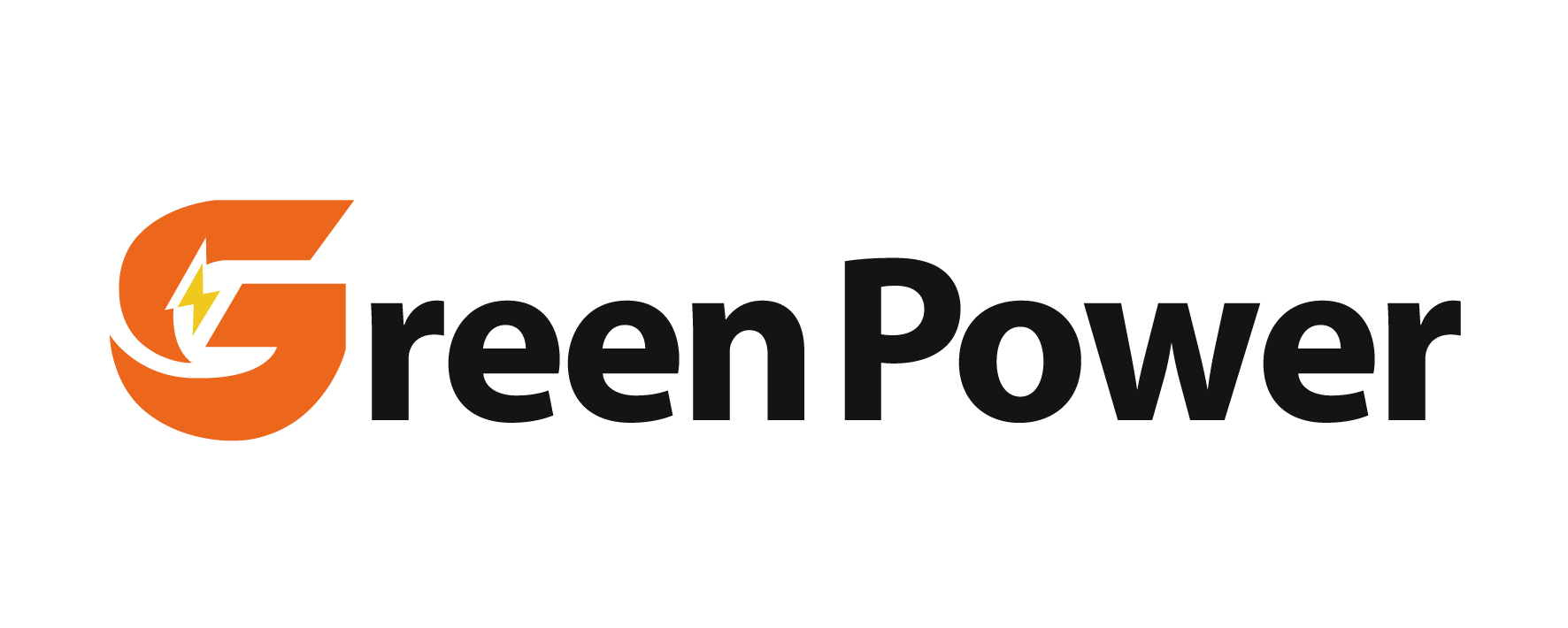renewable energy battery storage
Renewable energy battery storage represents a groundbreaking solution in the modern energy landscape, serving as a crucial link between intermittent renewable power sources and reliable energy supply. This advanced technology enables the capture and storage of excess energy generated from renewable sources like solar panels and wind turbines for later use. The system typically consists of high-capacity lithium-ion batteries, sophisticated power conversion systems, and smart management software that optimizes energy flow and storage. These systems can range from compact residential units to utility-scale installations, offering scalable solutions for various energy needs. The technology employs advanced charging algorithms and thermal management systems to maintain optimal battery performance and longevity. Modern renewable energy storage systems also feature intelligent grid integration capabilities, allowing for seamless switching between stored power and grid electricity. They incorporate real-time monitoring and automated control systems that enable users to track energy consumption, storage levels, and system performance through user-friendly interfaces. The applications span from residential backup power and off-grid solutions to commercial peak shaving and grid stabilization services, making them versatile tools in the transition to sustainable energy.



